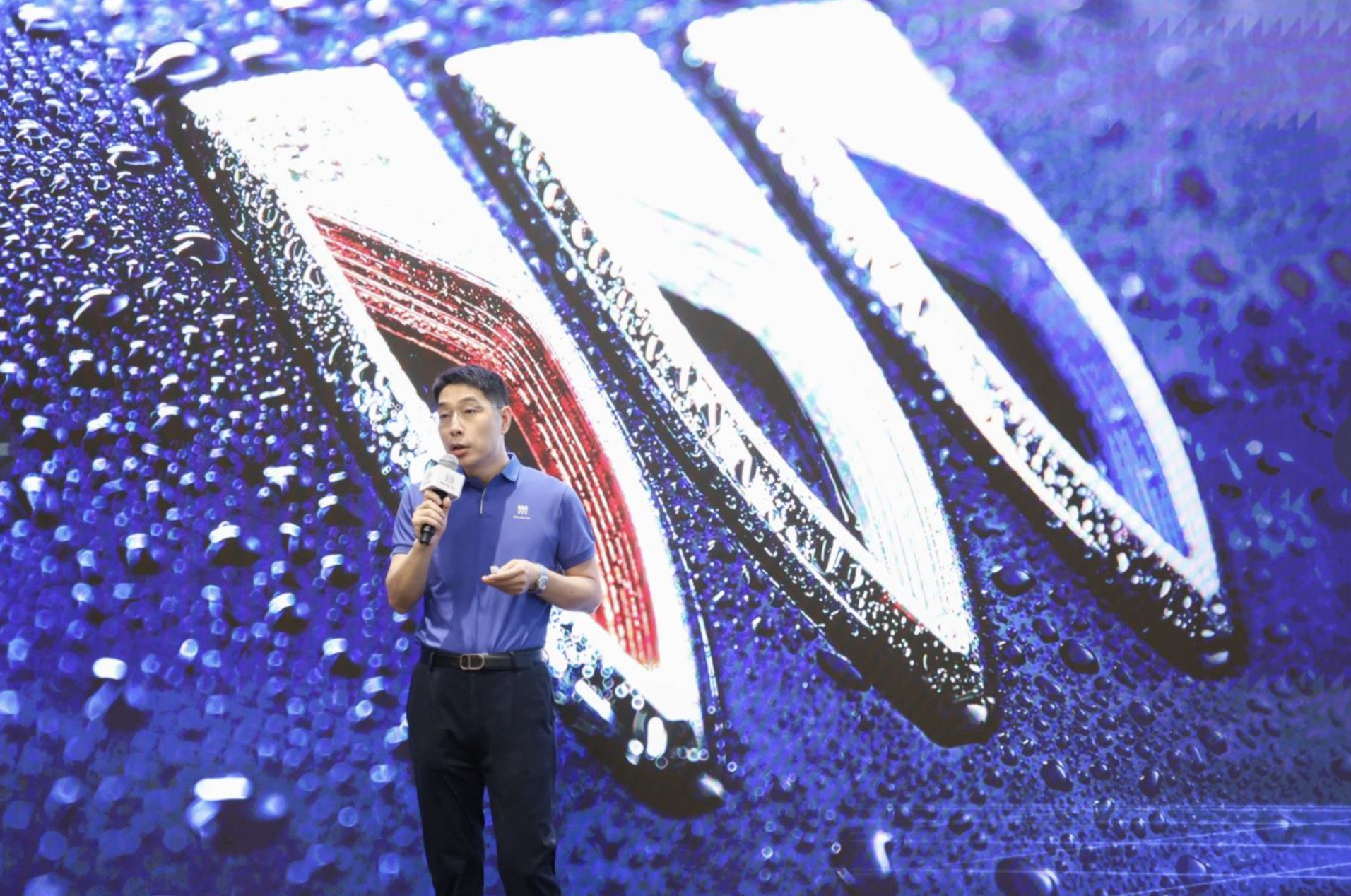In 2023, Buick will celebrate its 120th anniversary, entering a crucial period of accelerating transformation. By speeding up the development of electrification, intelligence, and high-end products, Buick’s new product matrix combines outstanding product strength with competitive pricing, clearly emphasizing advanced technology “integrated intelligence with internal combustion and electric power,” quality and safety “shared between internal combustion and electric power,” and product pricing “equal prices for both internal combustion and electric power.” This constructs a new brand value system, winning positive feedback from the market.
Meanwhile, Buick is boosting the construction of pure electric spaces and zones, refining the sales service model for electric vehicles, and building a multi-tiered recharge system. The brand is also upgrading its super app iBuick and Buick Care services to open up a new chapter for the brand’s transformation.
At the 2023 Buick Refresh Media Communication event, the media had a conversation with Yao Fei, Head of Buick’s Marketing Department, to discuss Buick’s product, brand, and intelligence layout and how to create a new image of Buick that is “smarter, higher-end, and more electric.”
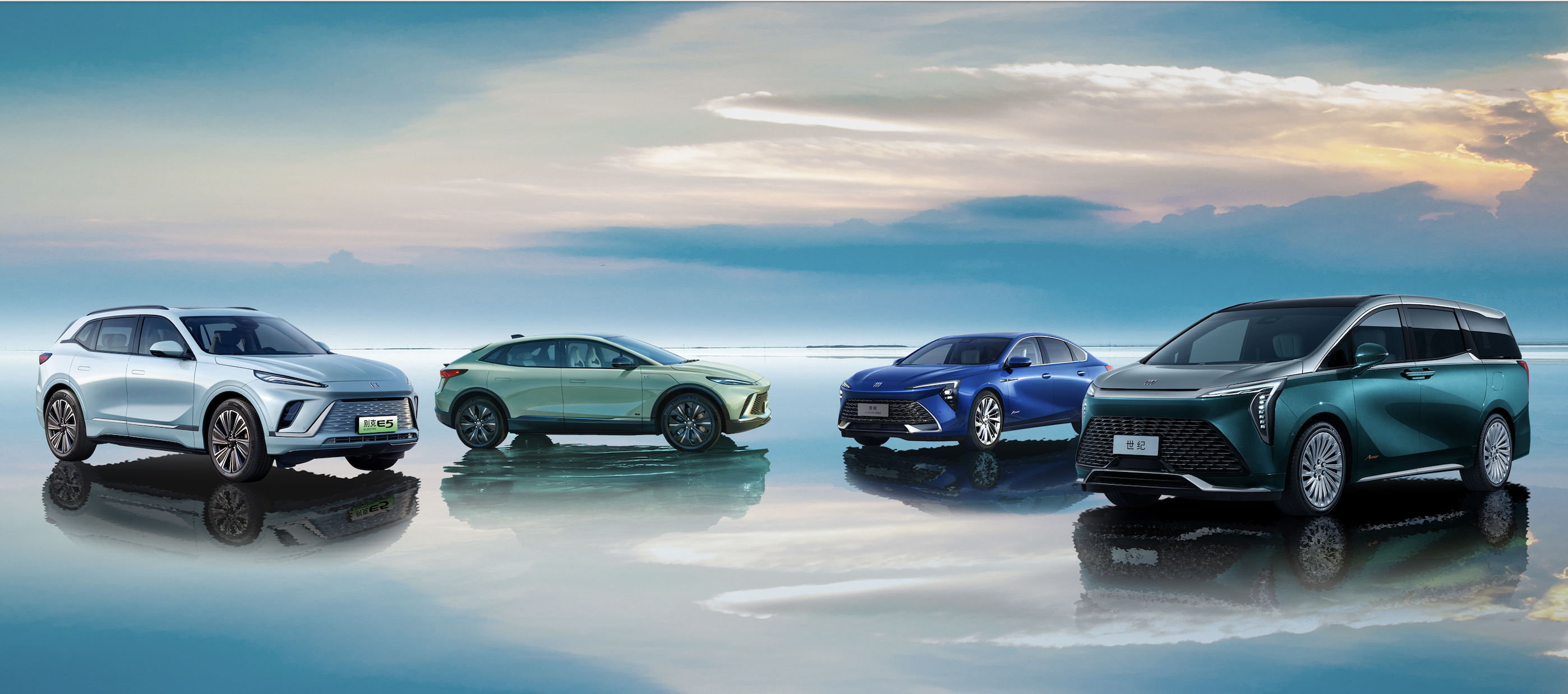
Key points discussed by Buick include:
Q: What are the results of Buick’s channel construction?
A: At the E5 launch event, we announced a new sales model and channel development for electric vehicles. So far, 26 Buick pure electric spaces have opened. We have also selected a relatively high level of capacity and operation among traditional 4S shop channels and transformed them into new energy pure electric areas. To date, we have completed the selection of more than 500 shops. We expect to have nearly 600 selected by the end of September. At the same time, we will also innovate new channel models, including planning for Buick’s future offline mode and operation management methods under the new energy direct sales model.
The revitalization of the channel within two or three months is a significant challenge for our division. During this process, in addition to quantity, we also encountered various problems, including how our traditional dealers transform and upgrade to new era service providers. The entire service concept needs upgrading. In the past two or three months, Buick has also focused on building the capability of end-service providers, including mastering product knowledge and system context, key points of interaction services, and solidifying them round by round.
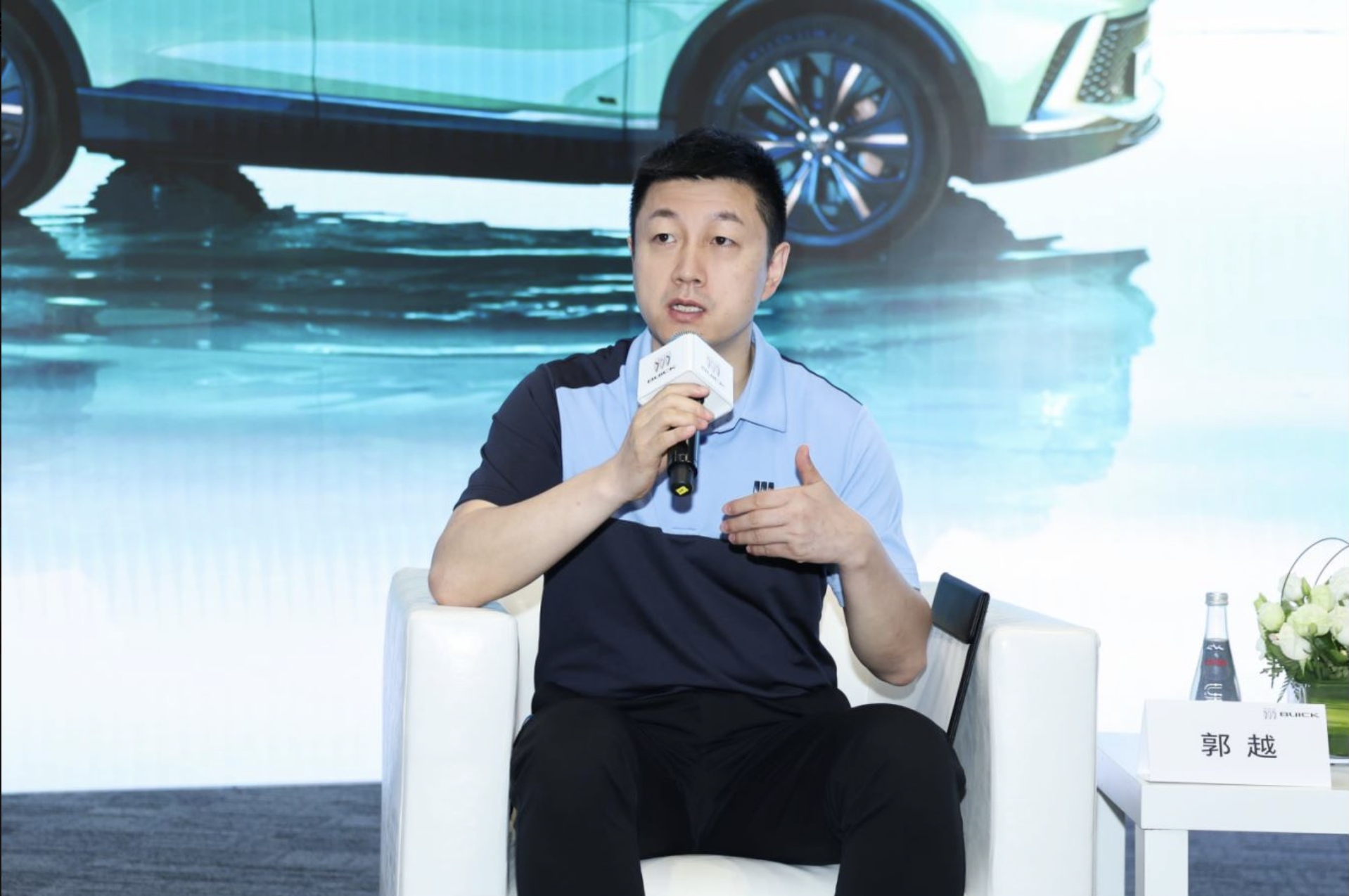
Q: Regarding the strategy, when will Buick fully electrify, or when will it stop selling fuel vehicles? What are the product plans for pure electric and hybrid pathways? Concerning the brand, how will Buick strengthen the public and media’s awareness of Buick’s electrification and intelligent aspects in the future through various methods and means?A1: Buick has proposed a renewal focusing on electrification, intelligence, and premium quality. Of these three, “Electrification” is the core, as the development of electrification in the Chinese automotive market should lead the industry in the next two to three years. To maintain Buick’s position as a mainstream joint venture brand, the key lies in accelerating and stabilizing the pace of electrification. In the next three years, Buick will launch more than five electrified products, including pure electric vehicles and our next-generation plug-in hybrids as well as power hybrids.
Regarding Buick’s electrification strategy deployment and overall technology roadmap, once the internal planning is clear, we will promptly and clearly communicate with the media and consumers. In particular, our unique strengths in our electrification technology roadmap must be communicated effectively to the market, consumers, and media. I believe this time won’t be too late.
As for General Motors, we started electrification early, but didn’t catch up with China’s first wave of electrification trends. However, we have a solid foundation and confidence in our technological reserves, capabilities, and systematic advantages. So, once the internal plan for future electrified product models is determined, we must communicate with everyone. We also welcome your valuable suggestions to help us improve in this area.
A2: Talking about Buick brand renewal, I think it’s not a process from 0 to 1, but from 1 to 10. Buick has been in China for 25 years and has more than 13 million car owners, accumulating many reputations in safety, comfort, and excellent quality.
In the new era, these assets are valuable accumulations. Our brand renewal today focuses more on product design, the first layer of direct perception. Buick will also have a series of actions to showcase its brand technology and test certification capabilities, including product comfort assurance and special communications with you.
Buick has been in China for 25 years, not only with a first-mover advantage but also with learning capabilities. The rise of many new forces and domestic enterprises has provided us with many opportunities to learn, and we will incorporate good experiences from them into our current market activities.
Buick has its own Pan-Asian Design Center and Technology Development Center. We will open them to the media and the general public at appropriate opportunities to showcase our technical strength in the new era and new race.
A3: As for how to enhance consumer awareness, the core of this issue lies in the value the product brings to users. Products are the basis, they are the core of customer perception. Once we catch up in areas such as intelligence, electrification, and even re-attain industry-leading levels, the foundation is already in place. Next, we simply need to engage with consumers through the media channels they are most comfortable with.
Consumers today are accustomed to decentralized media, so we can reach them using appropriate methods, such as live streaming and short videos. They trust people around them and like to read consumer reviews, just as everyone today prefers to read reviews rather than product details when shopping on e-commerce platforms. So, we follow consumer habits, co-create with them, and maintain good user relationships, letting users speak naturally for our products. Building trust with our consumers is a task that Buick is always working on.In summary, my perspective is twofold: Firstly, Buick’s new range of products is rooted in its core offerings, establishing a solid foundation for consumer communication. Secondly, we will engage with consumers using communication methods they are more accustomed to.
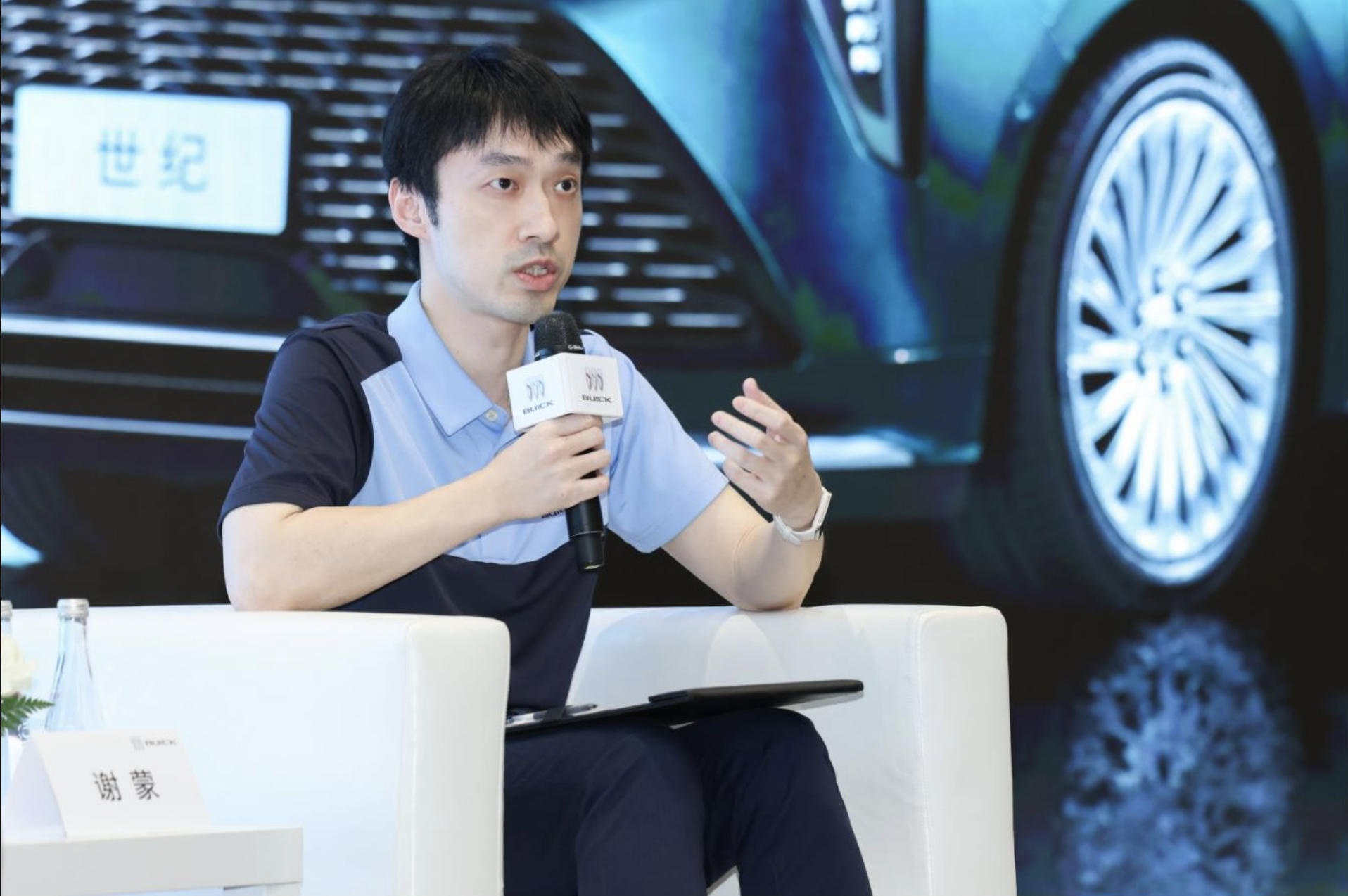
Q: In the electric vehicle field, how will Buick combine local research and development in Pan-Asia with global synergies in the future?
A: Pan-Asia Research and Development Center is SAIC General’s most advantageous strength in localization. The technical research and capabilities of Pan-Asia are well known in the industry. For Buick, it presents the greatest opportunity to leverage local resources and advantages in product development. In Buick’s electrification transformation process, Pan-Asia has indeed played a more prominent role in localization.
As mentioned earlier, Buick will launch several electrified products within the next three years. Each one involves Pan-Asia’s participation, with a significant portion being led by Pan-Asia. I believe there is a substantial difference between the characteristics, customer demands, and usage scenarios in the Chinese market and the North American market. If Buick intends to maintain its momentum in the new energy field, and continue to lead it, Pan-Asia will have to play a crucial role.
Buick’s Ultium electric vehicles, plug-in hybrid technology products, VCS intelligent cockpit, and even Super Cruise intelligent driving technologies in China would not be possible without Pan-Asia. We will continue to intensify the capabilities of Pan-Asia, particularly in the era of software-defined automobiles, by further strengthening its localization and software iteration capacity. Hence, we will streamline Buick’s future electrification portfolio planning and technology roadmap, and better integrate with Pan-Asia to thoroughly clarify the Buick brand story and enhance the overall market recognition.
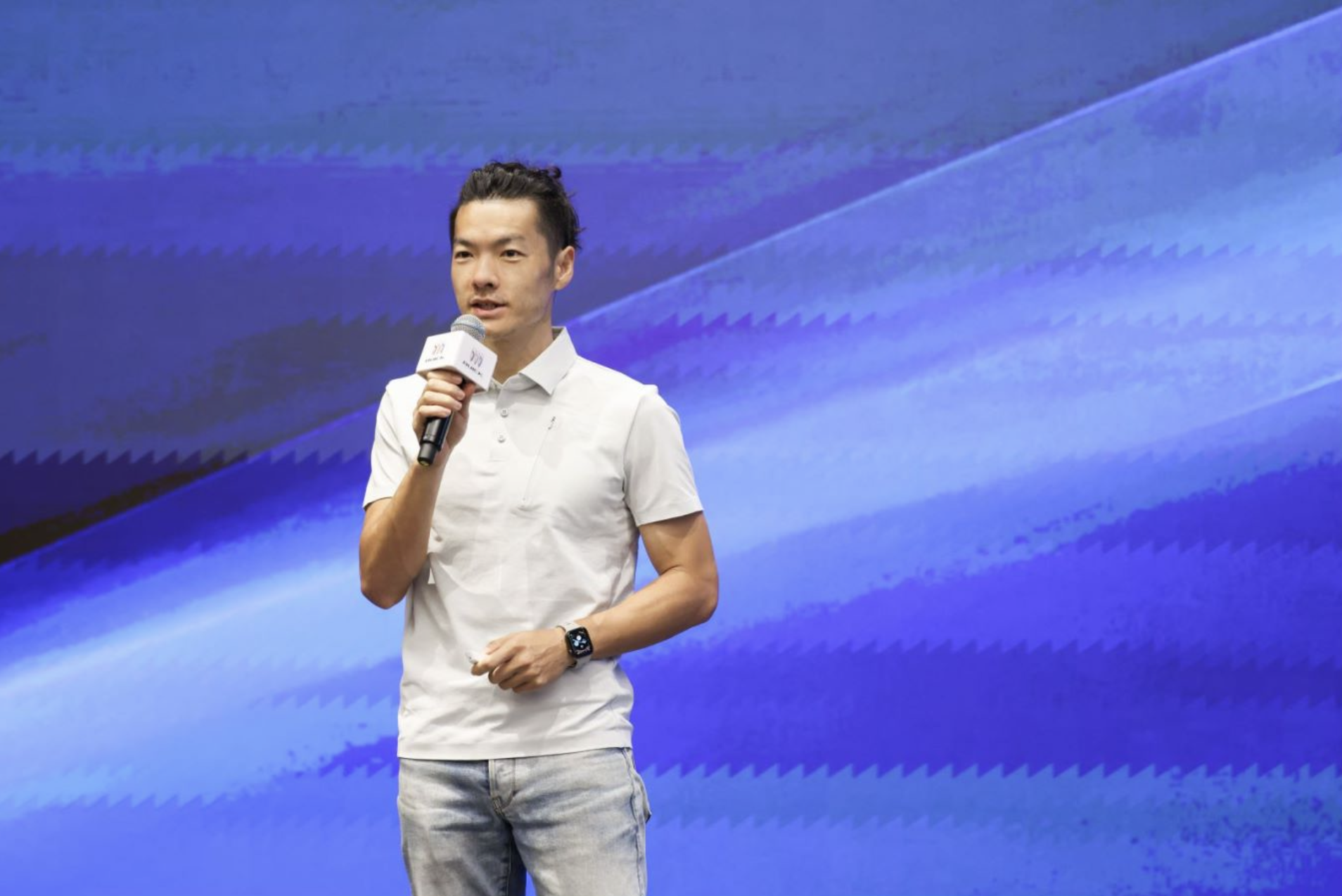
Looking forward, in the new energy market, Buick will launch over 5 new energy models within the next three years and introduce next-generation plug-in hybrid technology to accelerate expansion in the mainstream new energy markets, such as MPVs, SUVs, and sedans.
In the gasoline vehicle market, Buick aims to create a new generation of hybrid vehicles, expanding into new markets, and promoting its new generation of hybrid technology to become a significant product offering in various niche markets. Additionally, Buick is committed to the principle of “technology democratization” and “shared experiences for gasoline and electric cars”, allowing gasoline car users to enjoy intelligent transportation in a new era.
By accelerating the pilot application of General Motors’ three global leading technologies – Ultium Electric Platform, Super Cruise Assistive Driving System, and the New Generation VCS Intelligent Cockpit – in its new generation models, Buick will speed up the technological advancements of intelligent driving and connectivity to win over the loyal consumers of the new era.In addition, with 25 years of deep cultivation in the Chinese market, the Buick brand has accumulated a rich heritage. At the same time, relying on the global advantageous resources of General Motors and the strong system competitiveness of SAIC General Motors, Buick continues to innovate in the localization, electrification, and intelligent development processes in the Chinese market. The results of Buick’s accelerated transformation in electrification, intelligence, and premiumization await the joint validation of consumers in the Chinese market.
This article is a translation by ChatGPT of a Chinese report from 42HOW. If you have any questions about it, please email bd@42how.com.
